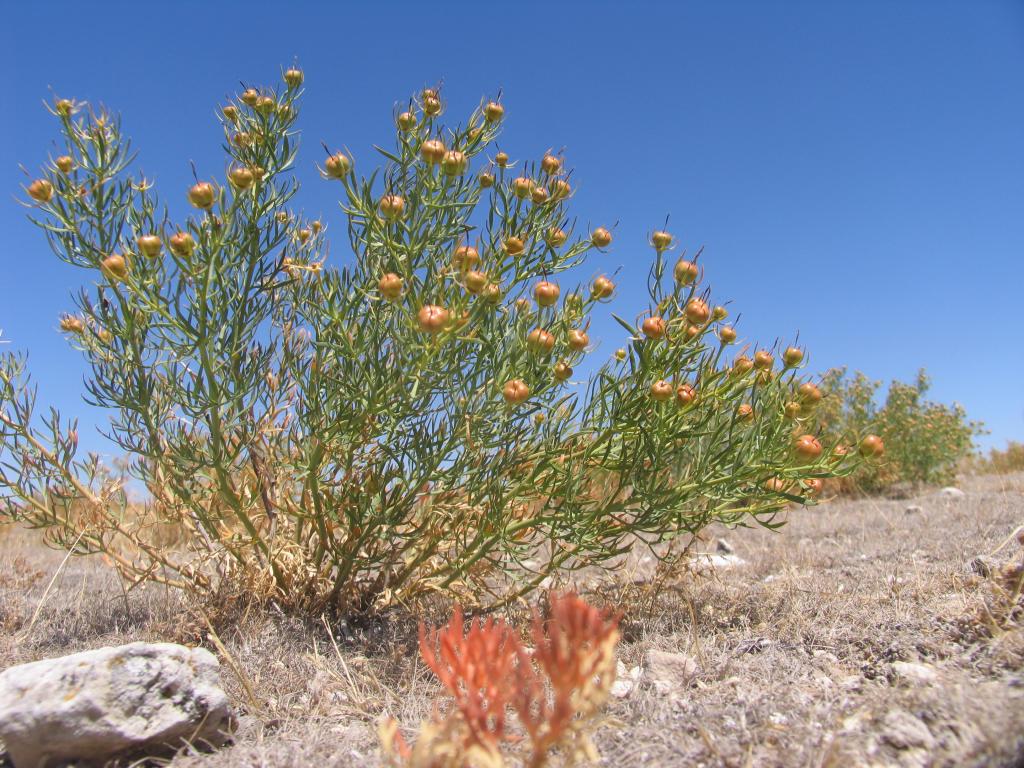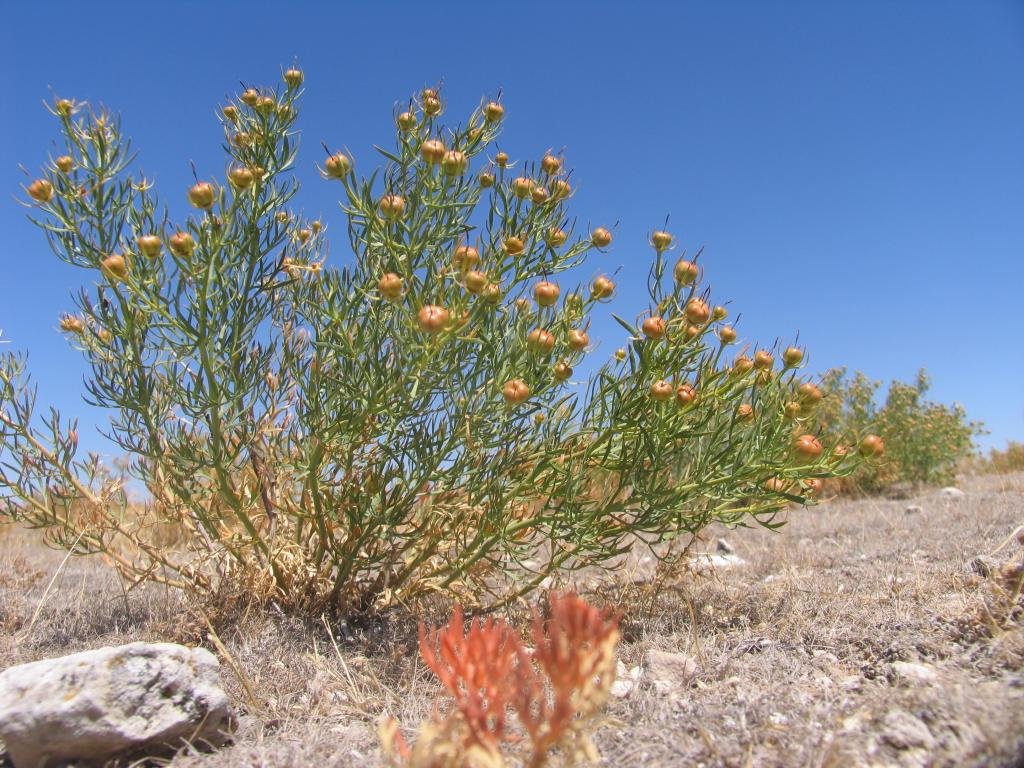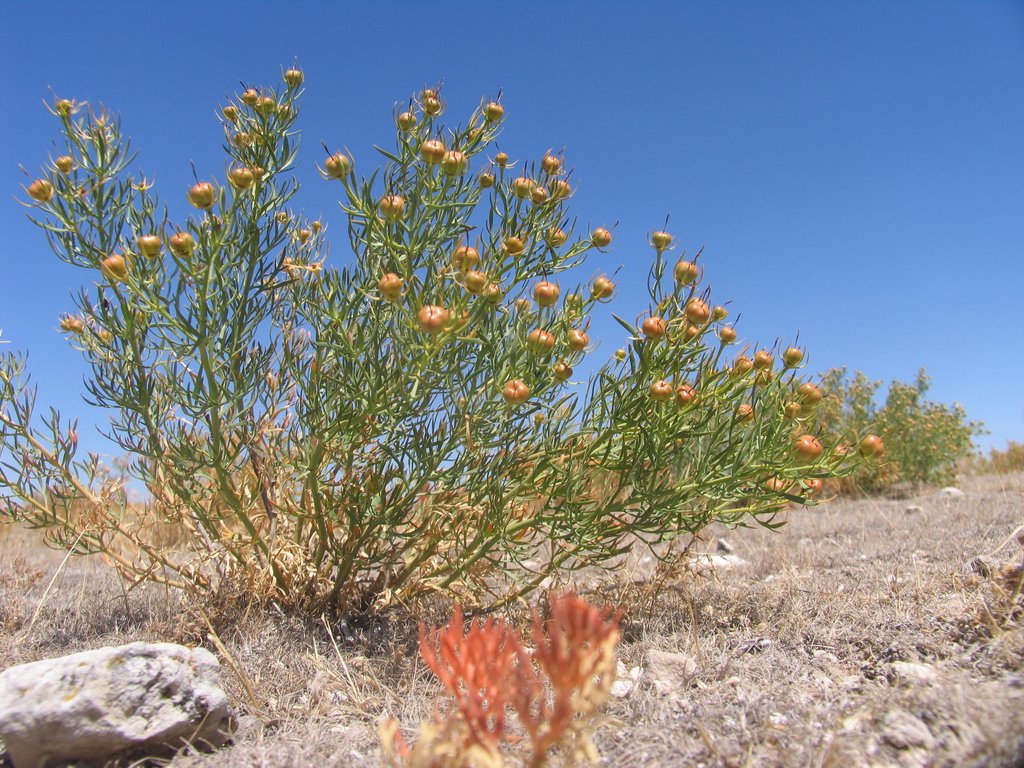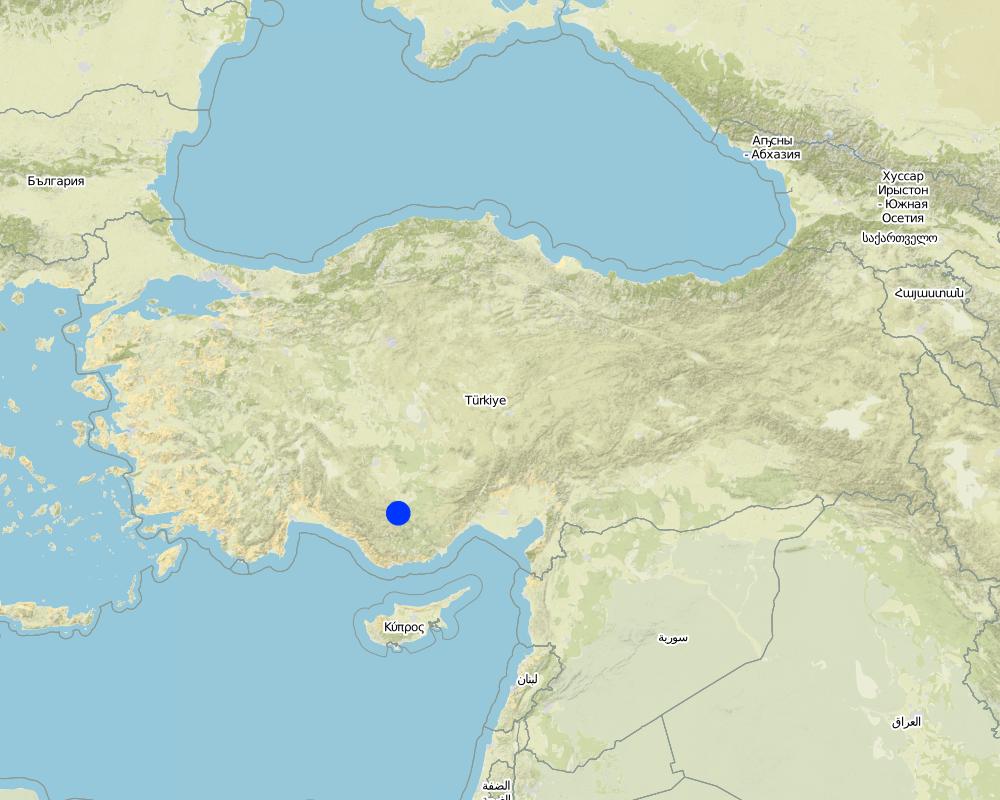Pasture Management [Türkiye]
- Creation:
- Update:
- Compiler: Mehmet Zengin
- Editor: –
- Reviewer: Fabian Ottiger
approaches_2564 - Türkiye
View sections
Expand all Collapse all1. General information
1.2 Contact details of resource persons and institutions involved in the assessment and documentation of the Approach
Name of the institution(s) which facilitated the documentation/ evaluation of the Approach (if relevant)
University of Selcuk, Faculty of Agriculture (University of Selcuk, Faculty of Agriculture) - Türkiye1.3 Conditions regarding the use of data documented through WOCAT
The compiler and key resource person(s) accept the conditions regarding the use of data documented through WOCAT:
Ja
2. Description of the SLM Approach
2.1 Short description of the Approach
Farmers adopting the rotational grazing on pasturelands.
2.2 Detailed description of the Approach
Detailed description of the Approach:
Aims / objectives: Basic aim of the approach is to rest a certain part of pasture by rotational grazing helped with seeding, fertilizing and area closure to enable the new types and higher amount of herbacous plant cover.
Methods: SWC approach is applied in conjunction with the seeding and fertilizing of pastures in different periods of the year.
Stages of implementation: Teaching and training is achieved in winters, seeding and fertilising in early spring and grazing in winter.
Role of stakeholders: The trained stakeholders are expected to help with the seeding and fertilization activities. All farmes are responsible for the fulfillement of area closure rules.
2.3 Photos of the Approach
2.5 Country/ region/ locations where the Approach has been applied
Country:
Türkiye
Region/ State/ Province:
Konya
Further specification of location:
Karapınar
Map
×2.7 Type of Approach
- traditional/ indigenous
2.8 Main aims/ objectives of the Approach
The Approach focused on SLM only
To conserve pasture areas, to raise whealth of district people, to prevent the immigrant from rural areas to towns and cities.
The SLM Approach addressed the following problems: Lack of money to conserve the naturel pastures, conflict over the use of already poor pastureland, lower income rates from animal feeding, low level of biodiversity (herbaceous plants) and lower biomass production.
2.9 Conditions enabling or hindering implementation of the Technology/ Technologies applied under the Approach
legal framework (land tenure, land and water use rights)
- enabling
The existing land ownership, land use rights / water rights moderately helped the approach implementation: Lands belong to state, so no problem arises among the farmers. Sheep owners graze in pastures rotationally and sharely.
- hindering
lack of legal regulation that orginise appropriate exploitation of pasturelands by farmers
Treatment through the SLM Approach: arising the counciseness of sustainable pasture management, increasing the quality and diversity of existing biomass.
3. Participation and roles of stakeholders involved
3.1 Stakeholders involved in the Approach and their roles
- local land users/ local communities
Farmer unions such as irrigation union or specific crop production unions.
Males are culturally dominant in Turkish society. Rural affairs are generaly realised by men.
- NGO
- national government (planners, decision-makers)
If several stakeholders were involved, indicate lead agency:
SLM approach is raised by local specialists of national state governmental organisations and helped with land users.
3.2 Involvement of local land users/ local communities in the different phases of the Approach
| Involvement of local land users/ local communities | Specify who was involved and describe activities | |
|---|---|---|
| initiation/ motivation | external support | local land users inspire and inform specialist and local decision makers for pastureland management |
| planning | external support | They are relatively active in the planning phase. |
| implementation | interactive | land users are particularly involved in the implementation phase. |
| monitoring/ evaluation | passive | |
| Research | none |
3.3 Flow chart (if available)
Description:
Organogram for pasturland management
Author:
Mehmet Zengin (Ziraat Fakültesi, Selçuk Üniversitesi, Konya)
3.4 Decision-making on the selection of SLM Technology/ Technologies
Specify who decided on the selection of the Technology/ Technologies to be implemented:
- SLM specialists alone
Explain:
Decisions on the method of implementing the SLM Technology were made by by SLM specialists alone (top-down)
4. Technical support, capacity building, and knowledge management
4.1 Capacity building/ training
Was training provided to land users/ other stakeholders?
Ja
Specify who was trained:
- land users
- field staff/ advisers
If relevant, specify gender, age, status, ethnicity, etc.
Male and active farmers are mostly involved in training activities.
Form of training:
- farmer-to-farmer
- demonstration areas
- public meetings
Subjects covered:
Main types of herbacous plants in the region, feeding capacity of certain plant types, importance of area closure for rehabilitation of pastures etc.
4.4 Monitoring and evaluation
Is monitoring and evaluation part of the Approach?
Ja
Comments:
bio-physical aspects were ad hoc monitored by project staff, government through observations; indicators: None
technical aspects were ad hoc monitored by government through observations; indicators: None
socio-cultural aspects were ad hoc monitored by government through observations; indicators: None
economic / production aspects were regular monitored by government through observations; indicators: None
area treated aspects were ad hoc monitored by government, land users through observations; indicators: None
no. of land users involved aspects were ad hoc monitored by government through observations; indicators: None
management of Approach aspects were ad hoc monitored by government through observations; indicators: None
There were few changes in the Approach as a result of monitoring and evaluation: Monitoring and evaluation enable the understanding of rotation period for certain areas. The suitable herbaceous types are also safely determined after these works.
There were no changes in the Technology as a result of monitoring and evaluation: None
4.5 Research
Was research part of the Approach?
Ja
Specify topics:
- sociology
- ecology
5. Financing and external material support
5.1 Annual budget for the SLM component of the Approach
If precise annual budget is not known, indicate range:
- < 2,000
Comments (e.g. main sources of funding/ major donors):
Approach costs were met by the following donors: local community / land user(s) (Individual farmers and farmer unions): 15.0%; local government (district, county, municipality, village etc) (Local branches of agricultural state organizations): 80.0%; national non-government (NGO's such as TEMA): 5.0%
6. Impact analysis and concluding statements
6.1 Impacts of the Approach
Did the Approach help land users to implement and maintain SLM Technologies?
- No
- Yes, little
- Yes, moderately
- Yes, greatly
Rotational grazing are adopted by more land users. Pastures improvement with the seeding and fertilizing is less applied.
Did other land users / projects adopt the Approach?
- No
- Yes, little
- Yes, moderately
- Yes, greatly
Local people around who adopted the approach improved their over-grazed pastures in the rate of 50 % by controlled grazing in their pasture lands.
6.2 Main motivation of land users to implement SLM
- increased production
- increased profit(ability), improved cost-benefit-ratio
- reduced workload
- rules and regulations (fines)/ enforcement
- prestige, social pressure/ social cohesion
6.3 Sustainability of Approach activities
Can the land users sustain what has been implemented through the Approach (without external support)?
- no
If no or uncertain, specify and comment:
Because they need financial support for seed and fertilizing costs to improve the pastures.
6.4 Strengths/ advantages of the Approach
| Strengths/ advantages/ opportunities in the land user’s view |
|---|
| The approach and technology caused new opportunities and good economy. (How to sustain/ enhance this strength: Attention, money support and measurements.) |
| Strengths/ advantages/ opportunities in the compiler’s or other key resource person’s view |
|---|
| Rotational grazing and improving for pasture management is consistent and useful. (How to sustain/ enhance this strength: Money support and training.) |
6.5 Weaknesses/ disadvantages of the Approach and ways of overcoming them
| Weaknesses/ disadvantages/ risks in the land user’s view | How can they be overcome? |
|---|---|
| Until enough improvement of the pasture farmers need fodder for their animal. | Growing fodder in their fields with the government support and teaching. |
| Weaknesses/ disadvantages/ risks in the compiler’s or other key resource person’s view | How can they be overcome? |
|---|---|
| Especially pasture improving requires money support for soil tillage, fodder seeding and fertilizing. Sometimes there may be conflicts in the grazing of pasture improved. | Government supports and training. |
7. References and links
7.1 Methods/ sources of information
- field visits, field surveys
- interviews with land users
Links and modules
Expand all Collapse allLinks
No links
Modules
No modules






